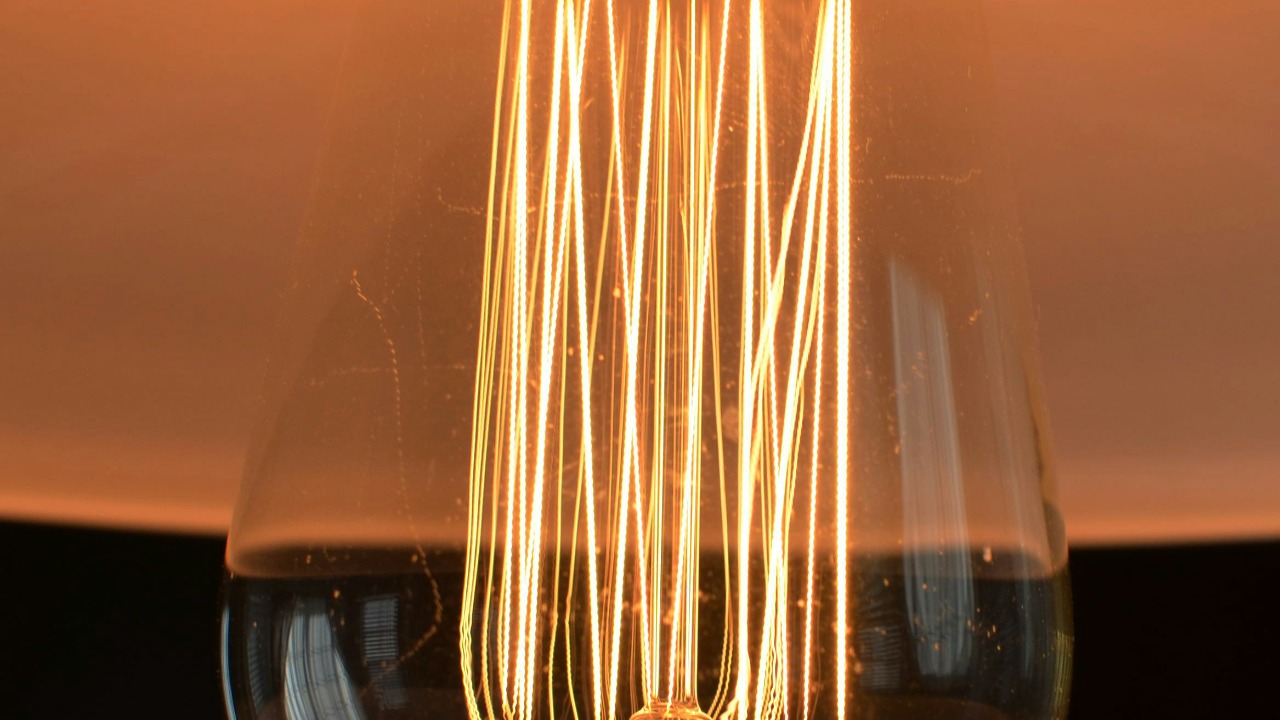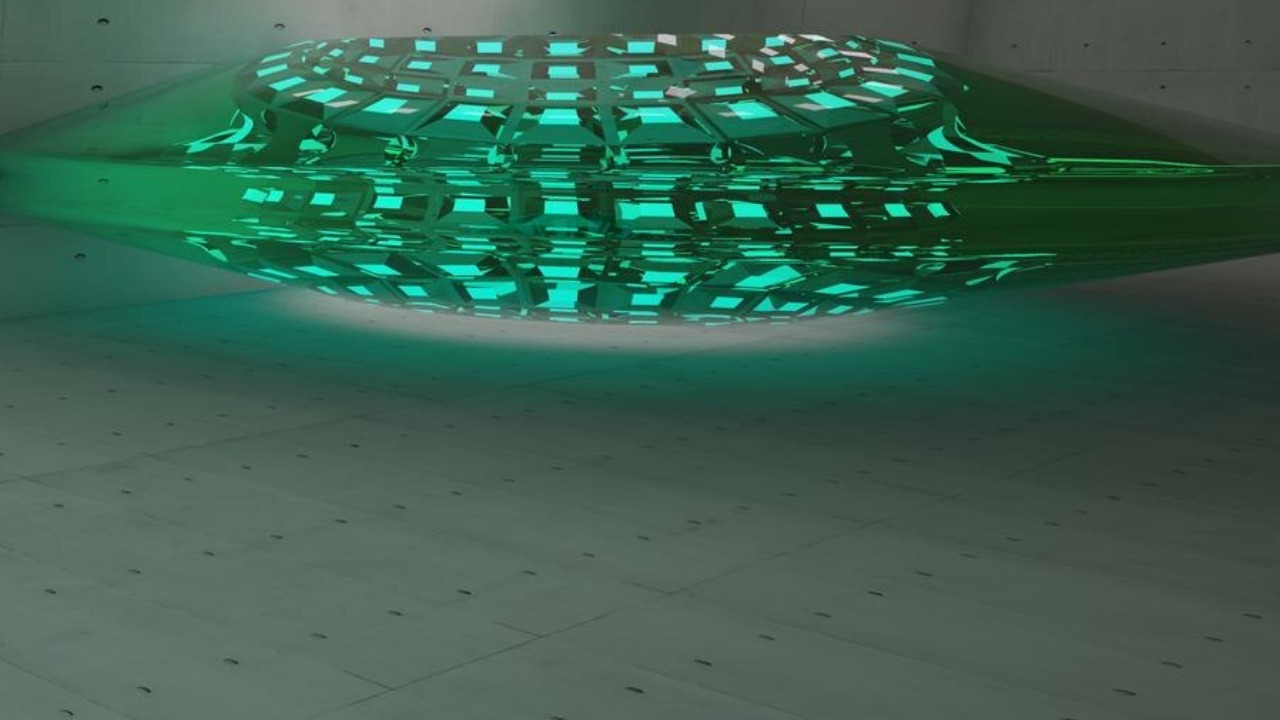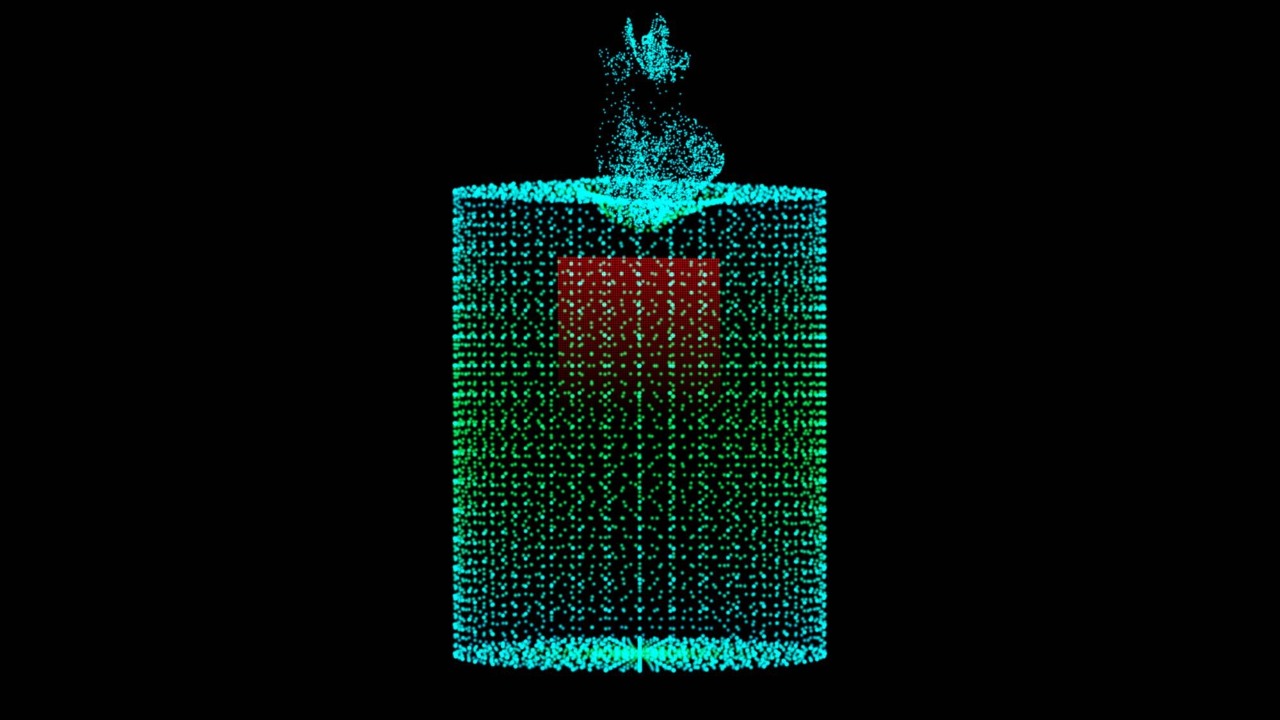
Researchers in Italy have successfully transformed light into a supersolid state, a rare form of matter that exhibits properties of both solids and liquids. This groundbreaking experiment opens new avenues for understanding quantum states and could have far-reaching implications for future technologies.
The Science Behind Supersolids

Explanation of Supersolids
Supersolids are an intriguing state of matter that combine elements of both solid and liquid states. Unlike regular solids, which maintain a fixed shape and volume, supersolids can flow without viscosity, much like a superfluid, while still exhibiting a crystalline structure. This duality allows them to behave in ways that defy conventional expectations, making them a fascinating subject of study in the field of quantum mechanics.
The primary distinction between supersolids, regular solids, and superfluids lies in their structural and flow properties. While regular solids have atoms arranged in a fixed lattice that resists flow, superfluids can flow without friction. Supersolids, on the other hand, exhibit characteristics of both: they can maintain a structured lattice while allowing atoms to move freely, essentially creating a solid that can flow.
Historical Background
The concept of supersolids has been a topic of theoretical speculation for decades. The idea was first proposed in the 1960s, but it wasn’t until recent years that practical experiments began to validate these theories. Notable milestones include the work of Nobel laureate Lev Landau, who laid the groundwork for understanding superfluidity, and more recent experiments with helium-4, which provided initial evidence for the existence of supersolid states.
Key experiments, such as those conducted at the University of Innsbruck, have been instrumental in developing our understanding of supersolids. These experiments utilized ultracold gases and advanced techniques to create conditions where supersolid states could be observed and analyzed, paving the way for the Italian lab’s recent breakthrough.
The Italian Lab Experiment

Methodology
The recent experiment conducted by Italian researchers involved an innovative approach to converting light into a supersolid state. The experimental setup used a laser system to trap and cool photons to near absolute zero temperatures. By manipulating the interactions between the photons and a Bose-Einstein condensate, the researchers were able to induce a phase transition into a supersolid state.
Photons, which are massless particles of light, played a central role in this experiment. By carefully controlling the conditions under which the photons interacted, the researchers achieved a state where the light behaved as both a solid and a liquid. This delicate balance was achieved through precise adjustments to the laser’s intensity and frequency, demonstrating the intricate interplay between light and matter at quantum scales.
Outcomes and Observations
The experiment’s results confirmed the existence of a supersolid state, as the researchers observed properties consistent with both solid and liquid behaviors. These findings, published in Nature, represent a significant advancement in our understanding of quantum states and open up new possibilities for exploring the fundamental nature of matter.
The significance of these findings extends beyond academic interest, as they challenge our existing notions of how matter behaves at quantum levels. By demonstrating that light can be converted into a supersolid state, the researchers have provided a new platform for studying quantum phenomena and exploring potential applications in various technological fields.
Implications and Applications

Potential Technological Advancements
The discovery of light-induced supersolid states has profound implications for future technologies. In the realm of quantum computing, the ability to manipulate light in this way could lead to the development of more efficient and powerful quantum processors. These processors, which rely on quantum bits or qubits, could benefit from the unique properties of supersolids to perform computations at unprecedented speeds and with greater reliability.
In addition to quantum computing, the discovery could revolutionize telecommunications by enabling the creation of new materials with unique optical properties. Such materials could be used to develop faster and more secure communication systems, enhancing data transmission capabilities and improving the efficiency of digital networks.
Broader Scientific Impact
The impact of this discovery on our understanding of quantum mechanics cannot be overstated. By providing tangible evidence of a supersolid state, the experiment challenges existing theories and encourages the development of new models to explain these phenomena. This, in turn, could lead to breakthroughs in other areas of physics, as researchers explore the implications of supersolid states for our understanding of the universe.
The findings also open up exciting new research directions, as scientists seek to investigate the properties of supersolids further. By exploring the interactions between light and matter at quantum levels, researchers can gain deeper insights into the fundamental principles that govern the behavior of particles, potentially leading to new discoveries in the field of quantum physics.
Challenges and Future Research

Technical and Theoretical Challenges
Despite the success of the Italian lab experiment, several challenges remain in the study of supersolids. One of the primary technical challenges lies in maintaining the delicate conditions required to observe the supersolid state. The precise control of temperature, laser intensity, and interaction parameters is crucial for sustaining the supersolid phase, and any deviation can disrupt the experiment.
Theoretically, several questions remain unanswered. Researchers are still working to fully understand the mechanisms that drive the transition from a regular solid or superfluid to a supersolid state. Additionally, there is ongoing debate about the implications of supersolids for our understanding of quantum entanglement and coherence, as these properties are critical to the behavior of quantum systems.
Next Steps in Research
Looking ahead, researchers are planning to build on the current findings by conducting further experiments to explore the properties and potential applications of supersolids. Proposed studies include investigating the effects of different types of light and matter interactions on the formation of supersolids, as well as exploring the potential for creating larger-scale supersolid systems.
Interdisciplinary collaboration will be key to advancing this field of study. By bringing together experts in physics, materials science, and engineering, researchers can develop new techniques and technologies to further our understanding of supersolids. These collaborations may also lead to the development of practical applications for supersolid states, such as advanced materials and quantum devices.
The conversion of light into a supersolid state marks a significant milestone in the study of quantum phenomena. As researchers continue to explore the implications of this discovery, it is clear that the potential applications and insights gained from supersolid states will have a lasting impact on both science and technology.